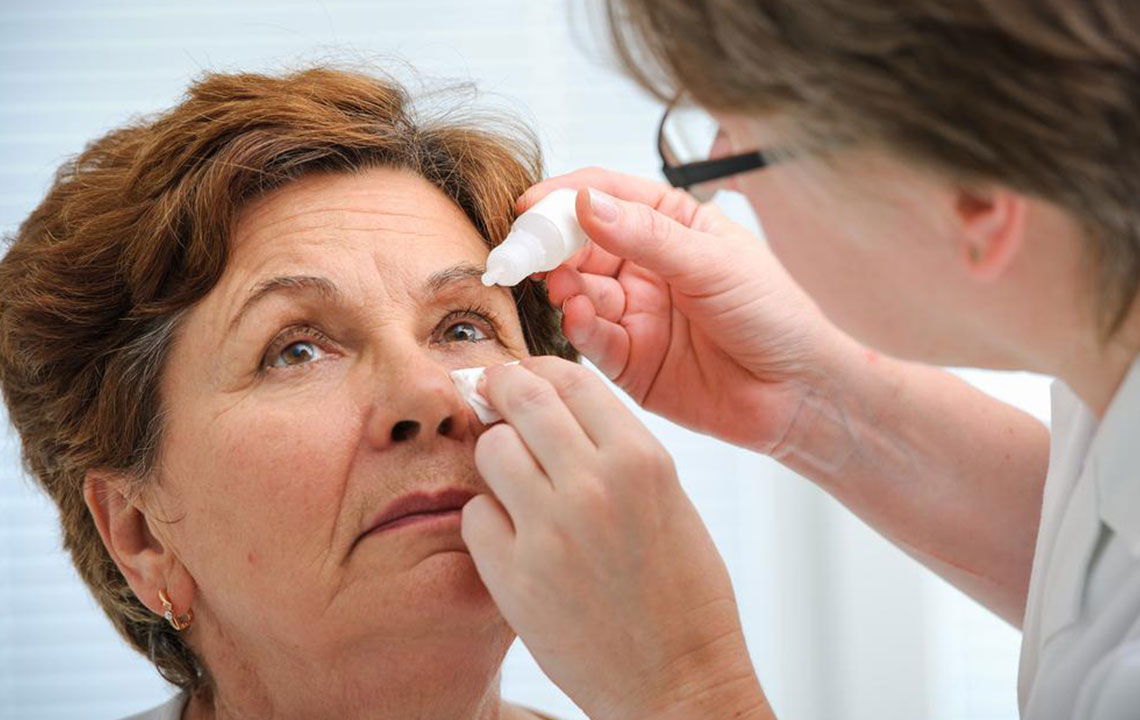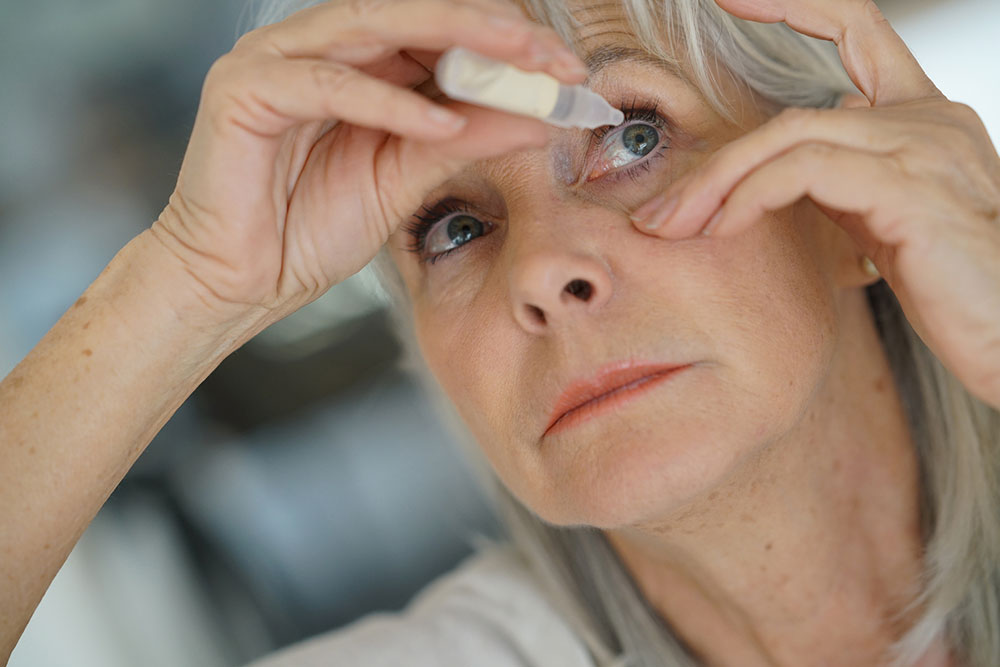Recognizing Causes and Symptoms of Dry Eye Syndrome
Dry eye syndrome occurs when the eyes do not produce enough tears, causing discomfort, redness, and irritation. Factors like environmental exposure, aging, health conditions, medications, and eyelid issues contribute to this condition. Recognizing symptoms such as burning, sensitivity to light, blurred vision, and excessive tearing helps in early diagnosis and management. Proper understanding of causes can aid in effective treatment and relief from symptoms for those affected.

Recognizing Causes and Symptoms of Dry Eye Syndrome
Dry eye, known medically as Tear Film Instability, occurs when the eyes fail to produce enough natural lubrication. Factors such as environmental conditions—like dry, dusty air—health issues like allergies, and reduced tear or oil secretion contribute to this condition. Prolonged screen time can also cause dryness, redness, and irritation because reduced blinking fails to keep the eyes adequately moist.
Common signs of dry eye
Itchy eyes and the desire to rub them
Redness and burning sensations
Feeling of grit or discomfort in the eyes
Light sensitivity and frequent blinking
Blurred vision or visual distortion
Eyelash caking with discharge
Headaches and sensation of pressure behind the eyes
Heavy eyelids and fatigue
Reflex tearing as a reaction to irritation
Excessive tearing
Dry eye condition results from inadequate tear production.
Our tears consist of oils, proteins, water, mucus, and protective antibodies that shield against infections. Causes of dry eyes include:
Health conditions
Autoimmune diseases like rheumatoid arthritis and Sjogren’s syndrome can cause inadequate tear production.
Environmental exposure
Dry, smoky, dusty environments or extreme temperatures can reduce tear flow.
Age-related changes
Natural aging processes, including menopause, can lessen tear secretion.
Medications
Drugs such as antihistamines, birth control pills, and certain blood pressure medications can lead to dryness.
Laser vision correction
Procedures like LASIK may cause temporary or prolonged dry eye symptoms.
Anatomical abnormalities
Structural issues with eyelids, both congenital and acquired, can impair lubrication and tear production.


